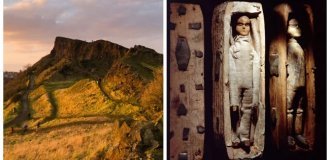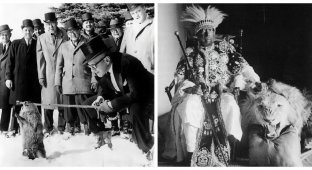How men brought a block of ice from the Arctic Circle to the desert and why (16 photos)
This is a very real case, which later turned into one of the most successful advertising companies in the world! 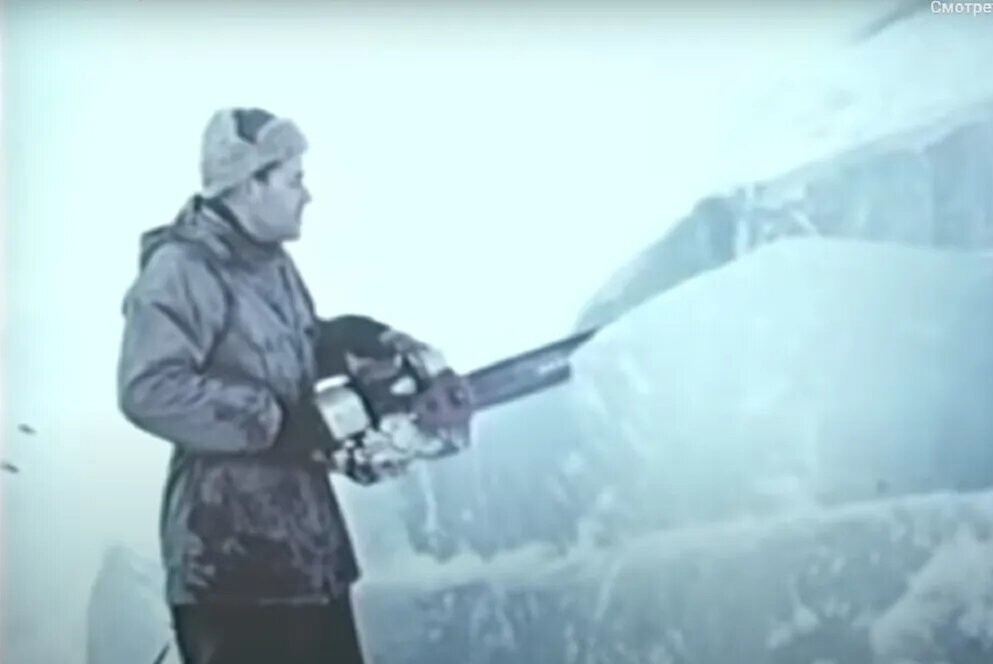
So, in 1959, those same men, or, more precisely, employees of the Norwegian company "Glassvatt", specializing in the production of thermal insulation of premises, delivered a three-ton block of ice from the Arctic Circle (from the town of Mu i Rana) - and they delivered it nowhere - anything, but to Africa - to the city of Libreville, to the very equator. 
Truck loaded with ice
The idea of going on an expedition to the Arctic Circle, and even bringing back a huge piece of ice from there, did not come, as you understand, out of thin air, and it is unlikely that the Glassvatt employees themselves would have been able to decide on such an adventure. The initiator was the radio station Radio Luxembourg, which announced the competition. Under the terms of this competition, the radio station was ready to pay 100 thousand francs for each kilogram of ice that could be transported from the Arctic Circle to the equator intact. 
Loading ice onto a truck
The main condition was that the participants were forbidden to use refrigeration chambers to transport ice, and given that the destination was Africa, such a task at first glance seemed impossible, so Radio Luxembourg rejoiced... but only until the game employees of the company "Glassvatt" - great professionals in the field of thermal insulation - did not join. 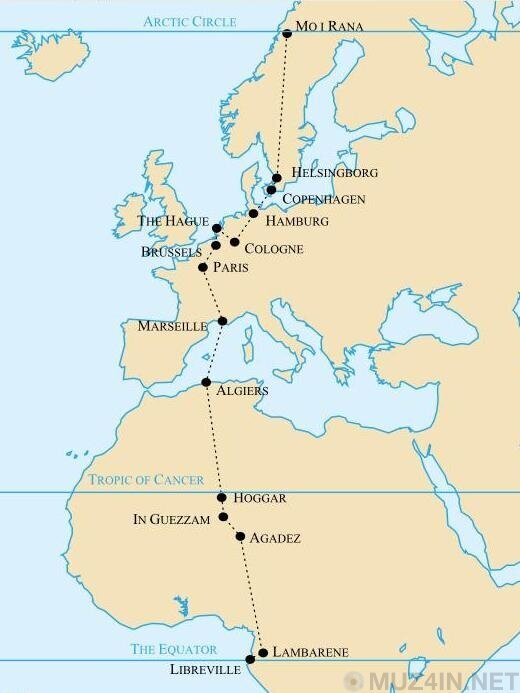
Expedition route
In order to obtain ice blocks, the expedition went to the north of Norway, where ice was carved from two large glaciers. 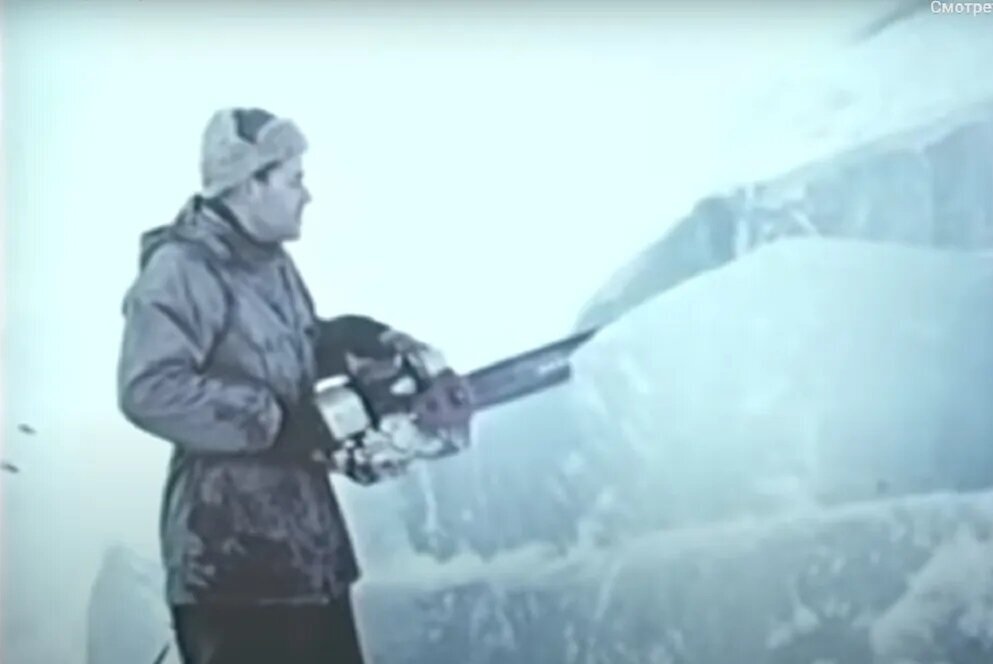
Cutting a block out of a glacier
Using a chainsaw, the expedition members cut several cubes out of the massive glacier and transported them by helicopter to the city of Mu i Rana, where the ice cubes were then securely placed on a special transport platform of a truck that was supposed to deliver them to their destination. 
Transporting ice by helicopter
But how can ice be transported over such an impressive distance without refrigeration chambers? The expedition members, who, for a moment, were only 5 people, carefully covered all the extracted ice with sheets of glass wool and covered it with a giant iron box, lined with wood on the inside. A niche approximately 20 cm wide was created between the box and the ice, which was also lined with an additional layer of insulating material. 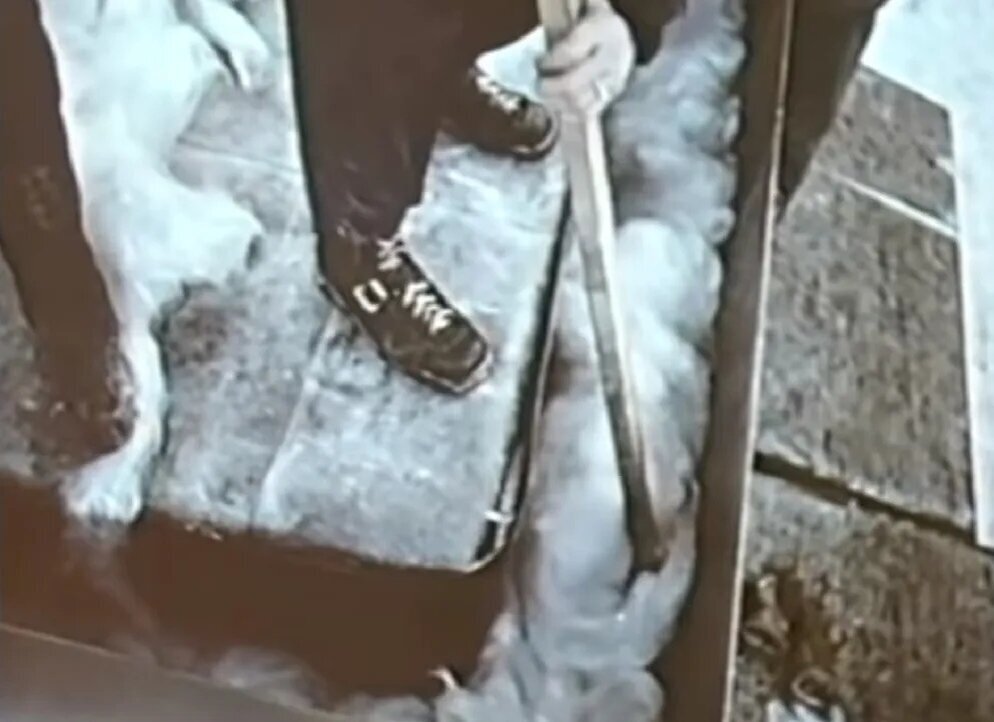
Thermal insulation of ice
Initially, Glassvatt employees wanted to transport about 5 tons of ice to Africa, but then its volume was reduced to 3. And this, it must be said, a very decent amount of ice had to overcome a difficult path from the north straight to the equator. On February 22, 1959, the expedition left Mo i Rana for Oslo and then traveled through Sweden, Denmark, Germany, Holland, Belgium and France. 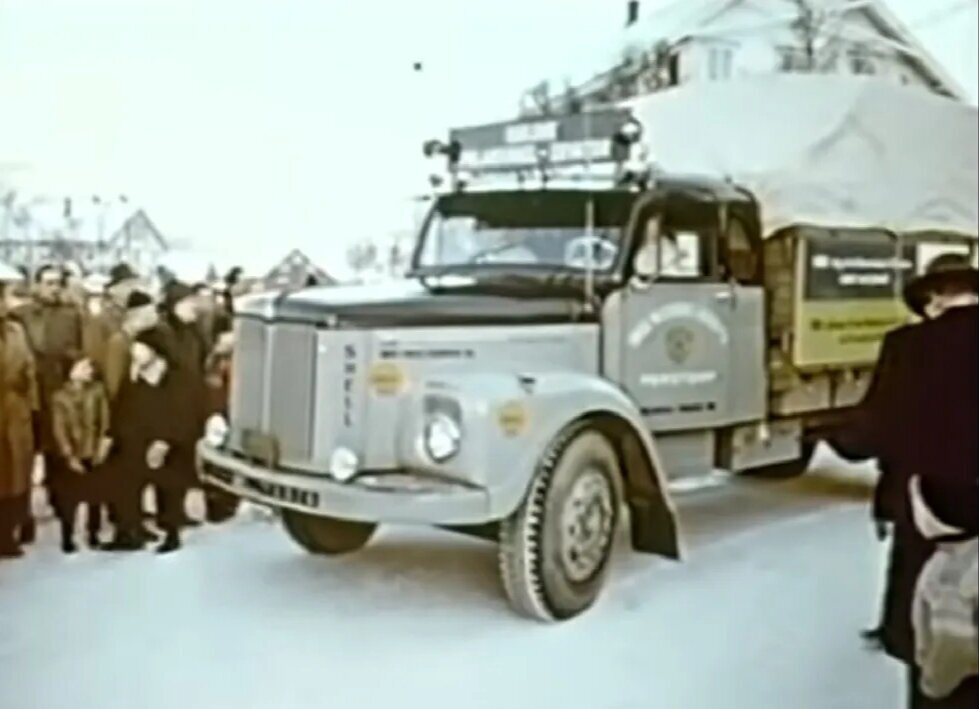
Expedition on the way
In Marseille, the travelers boarded a ferry that transported the ice to Algeria. During stops, the expedition members continually drained melt water from the container. Oddly enough, during the time spent traveling through Europe, only 4 liters of melt water were drained. In simple terms, the ice practically did not melt. 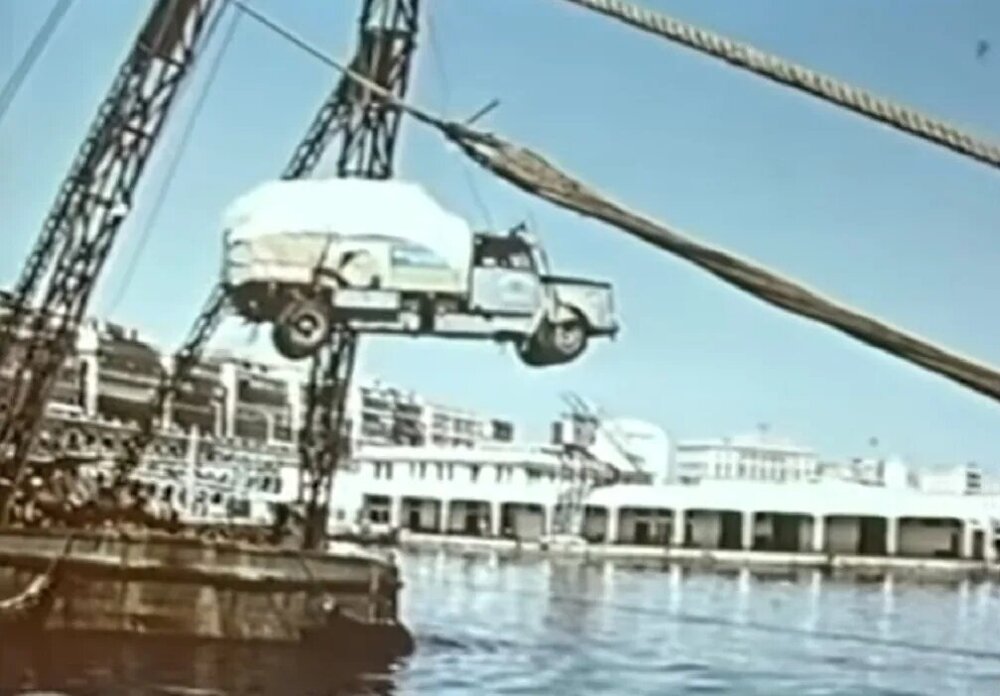
Ferry loading
But the most difficult test was yet to come, because the travelers had to overcome the Sahara Desert. 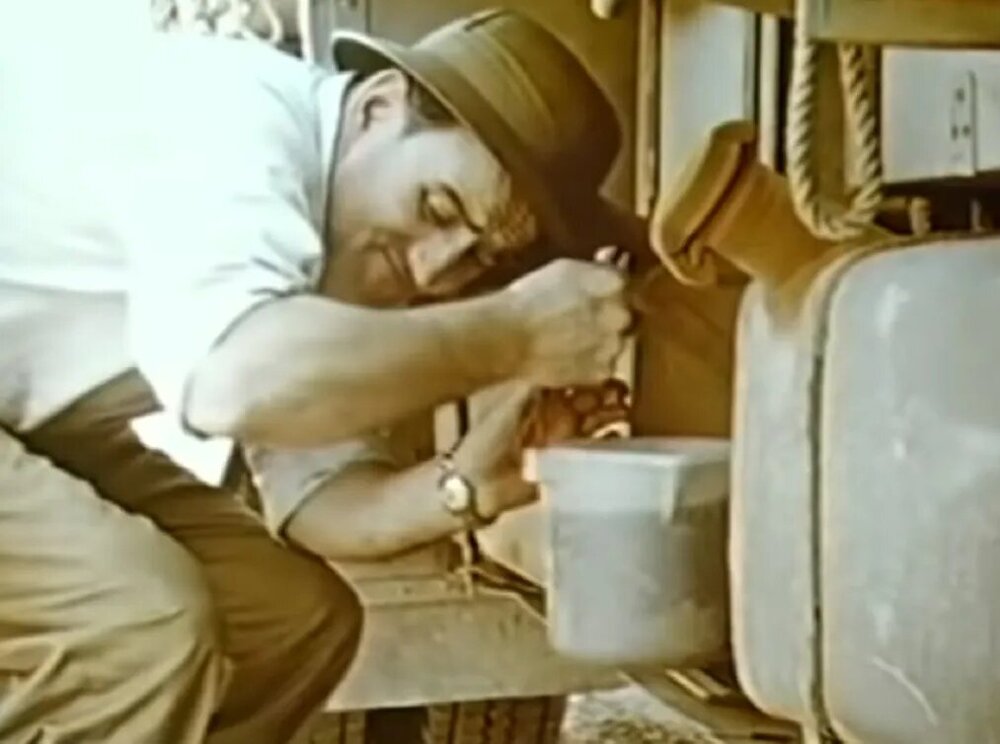
Draining melt water
And the difficulty of this section of the journey lay not only in the extremely high temperature (more than 50 degrees Celsius), but also in the complete absence of normal roads. 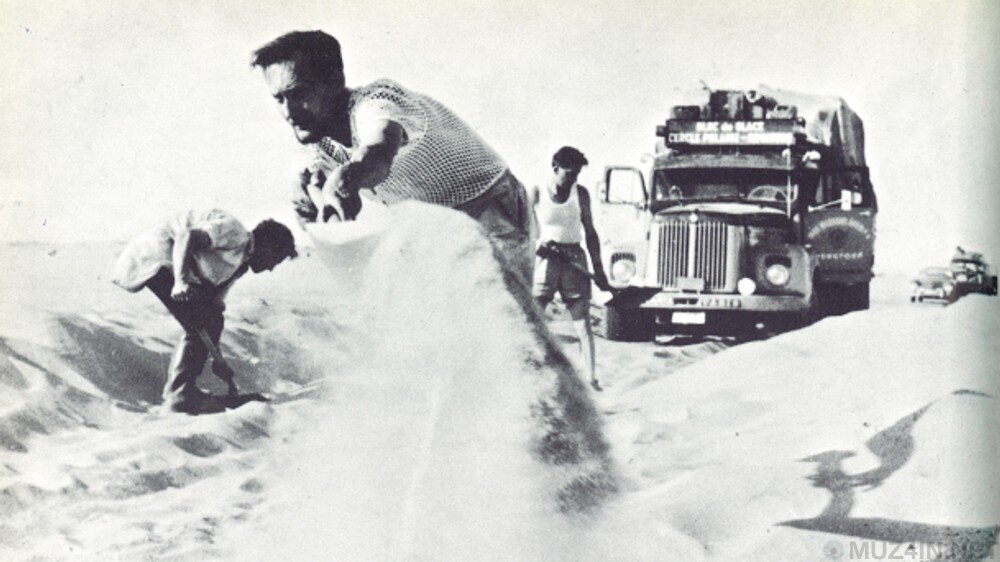
Desert Expedition
The expedition members had to stop every now and then and use shovels to clear their way. However, despite all the difficulties, they managed to deliverkeep the ice safe and sound and, thereby, comply with all the conditions of the competition. 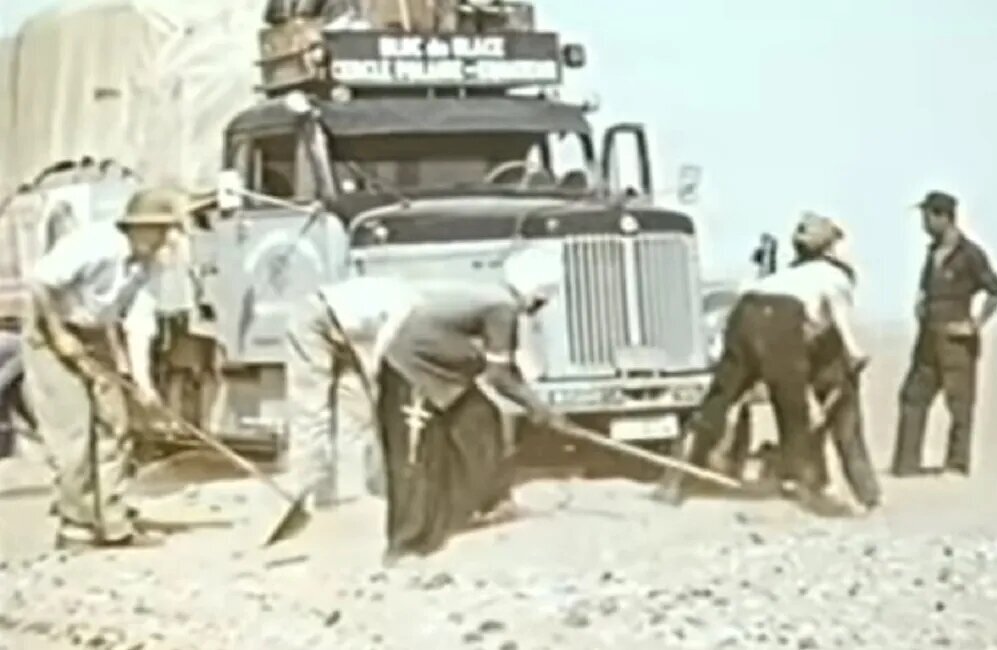
Desert Expedition
But the radio station Radio Luxembourg turned out to be not so honest. Realizing that the expedition participants would seriously be able to transport ice from beyond the Arctic Circle to Africa, which means they would have to fork out for the promised cash prize, the radio station promptly canceled the competition. However, as a result of the expedition, the Norwegians from Glassvatt won much more than the radio station promised them. 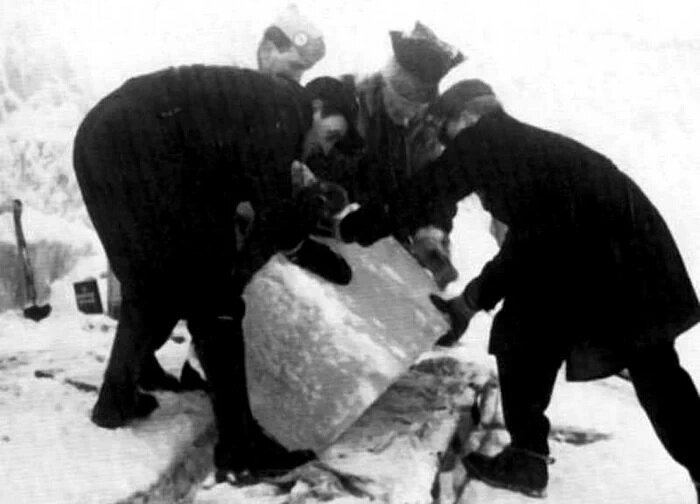
Ice cubes
The fact is that the journey of the Norwegian team from north to south was closely followed not only by the public, but also by the media around the world. In all the cities through which the expedition passed, the Norwegians were greeted as dear guests - they were given flowers and gifts, and treated to dinner. Well, the Glassvatt representatives themselves enjoyed the European hospitality and did not forget to advertise their thermal insulation material along the way. Thus, the trip, which was originally intended as part of a competition, turned into an unprecedented, but completely unobtrusive advertising campaign. 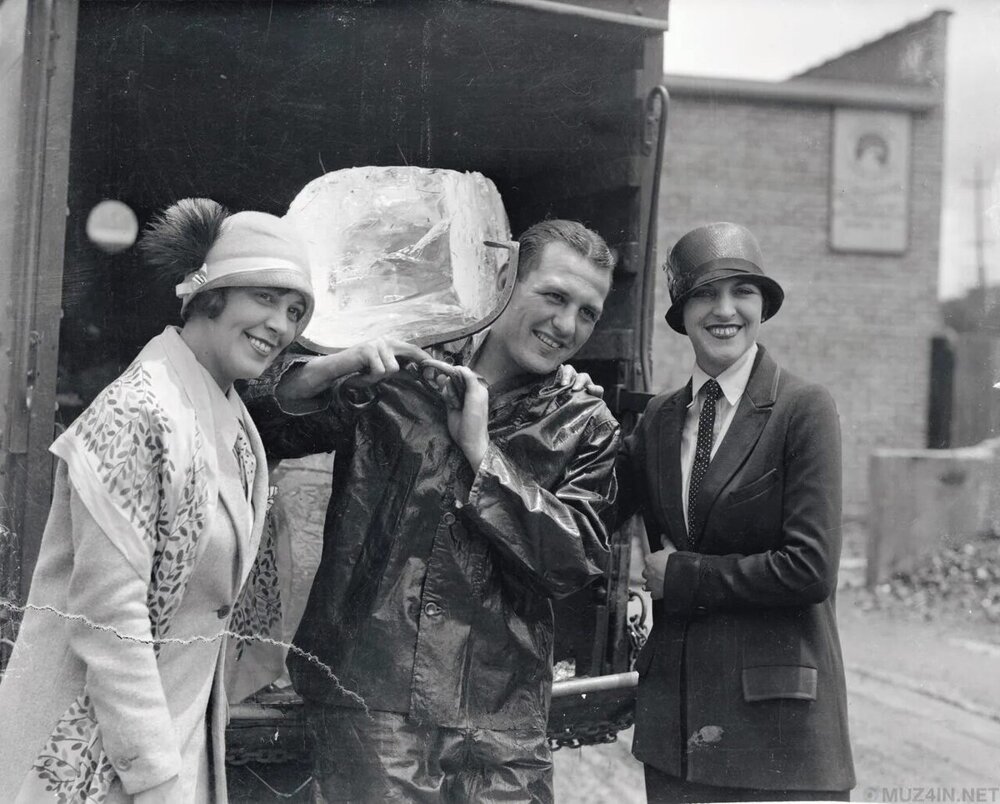
Ice cube photo
And, by the way, the thermal insulation that was used during the expedition to preserve the ice, the test drive went “excellent”. She saved the ice cubes for 28 days, which arrived at their destination, losing only 336 kg of weight. This is from three tons! Even in the desert with 50-degree heat, the block lost only 15 liters of melt water per day. 
Truck loaded with ice
And, by the way, in addition to ice, the Norwegian expedition also carried with it a large batch of medicines collected from all over Scandinavia for the hospital of Nobel laureate Dr. Albert Schweitzer in Lambarene. The total weight of all medicines and equipment exceeded 300 kg!
The company "Glassvatt" still exists today: however, it is called differently - "Glava AS". Well, its “longevity” is largely due to that very expedition of 1959. 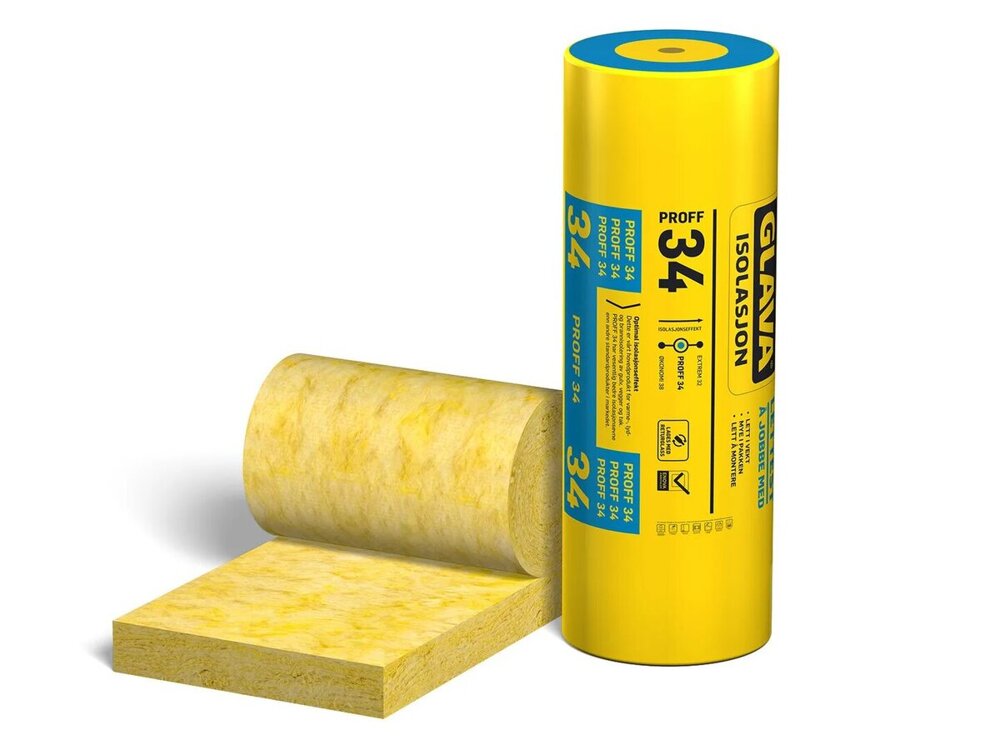
Thermal insulation from "Glava AS"
